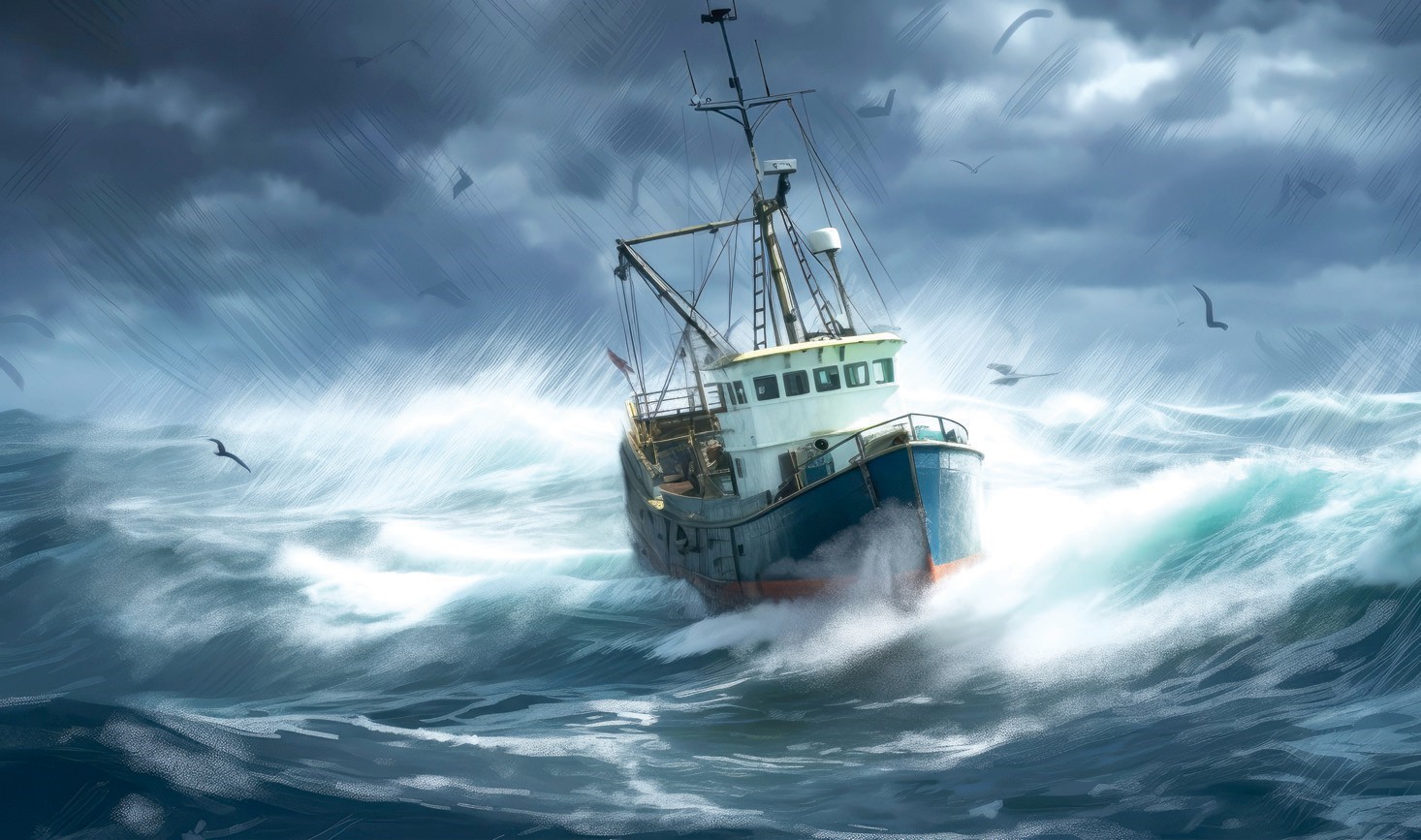
As the old adage goes,”An ounce of prevention is worth a pound of cure”. This wisdom holds especially true when it comes to safeguarding your boat from the wrath of tropical storms. With the advent of the storm season, it’s crucial to put a solid plan in place to protect your precious vessel. From strategic anchoring to removing loose items, insurance considerations, and maintenance preparations, this comprehensive guide will walk you through the essential steps to storm-proof your boat.
Pre-Storm Planning
Storm season spans from early June to late November – a broad time frame that provides ample opportunity to prepare. Coupled with your evacuation strategy, it’s imperative to have a comprehensive plan for your boat’s safety.
Identifying a Safe Location
The first aspect to ponder upon is the location where your boat will endure the storm. If your garage can accommodate your boat, you’ve already won half the battle. However, if that’s not feasible, look for a secure place away from the coast. A windproof storage building is ideal, but not always accessible. If outdoor storage is your only option, avoid areas with large trees that could potentially topple over and damage your boat. A sheltered spot on the leeward side of a sturdy structure or a cluster of short trees can provide some wind protection.
Preparing Important Documents
Prepare photocopies of essential documents such as your boat registration, insurance policy, marina agreement, and any other paperwork you might need to access later. Store these copies in a secure place to ensure they remain safe and accessible post-storm.
Anchoring Your Boat
If you decide to keep your boat in the water, anchoring becomes an art that you must master. Invest in a storm anchor, and if possible, consider setting up a secondary anchor for added support. The BoatUS success story illustrates how a catamaran weathered three different hurricanes using this strategy.
Using Chafe Protectors for Lines
Chafe protectors are essential for your lines not only to prevent chafing but also to provide added peace of mind during the storm. Ensure your pilings are secure well ahead of any storm warning.
Helical Anchors for Additional Safety
Helical anchors offer secure points for fastening tie-downs. These anchors, when screwed into the ground, provide flexibility in terms of location. You will have to gather necessary hardware, ratchet straps, and heavy-duty lines in advance. These materials should be part of your hurricane kit, kept together for easy access.
Removing Loose Items from Your Boat
In anticipation of a storm, it’s wise to remove all valuables, loose items, and soft goods from your boat. This includes cushions, curtains, and isinglass. This simple step can save you considerable time, effort, and money in case of severe damage.
Securing Your Boat and Trailer
If your boat is left outside on a trailer, plan to securely anchor both the boat and the trailer to multiple fixed points on the ground. Use tie-down straps to connect the boat and the trailer, forming a single unit.
Preparing for the Worst-Case Scenario
If you find yourself in a situation where you need to execute your storm plan, secure the boat in anticipation of the worst. Document your efforts by taking several photos from different angles. This can serve as evidence for your insurance claim, should the need arise.
Insurance Considerations
No matter how much we dislike dealing with it, insurance offers the best peace of mind in these scenarios. Invest in the best policy you can afford and keep it current. Understand how your insurer handles windstorm claims. Some policies might require you to move your boat away from the coast or to a secure interior location. Some might not cover a “named” storm at all. Ensure you know exactly what your policy covers.
Post-Storm Repairs and Maintenance
Having your repair and maintenance products ready post-storm is key to a speedy recovery. Visit www.boatlife.com to explore a range of marine-grade sealants, epoxies, waxes, cleaners, and more.
Conclusion
While dealing with storms is daunting, a little preparedness can alleviate much of the stress associated with hurricane season. By following the comprehensive guide above, you can ensure that your boat is well-protected against the wrath of tropical storms. Remember, the key to successful storm-proofing lies in effective planning, strategic anchoring, removing loose items, considering insurance implications, and preparing for post-storm repairs and maintenance.

